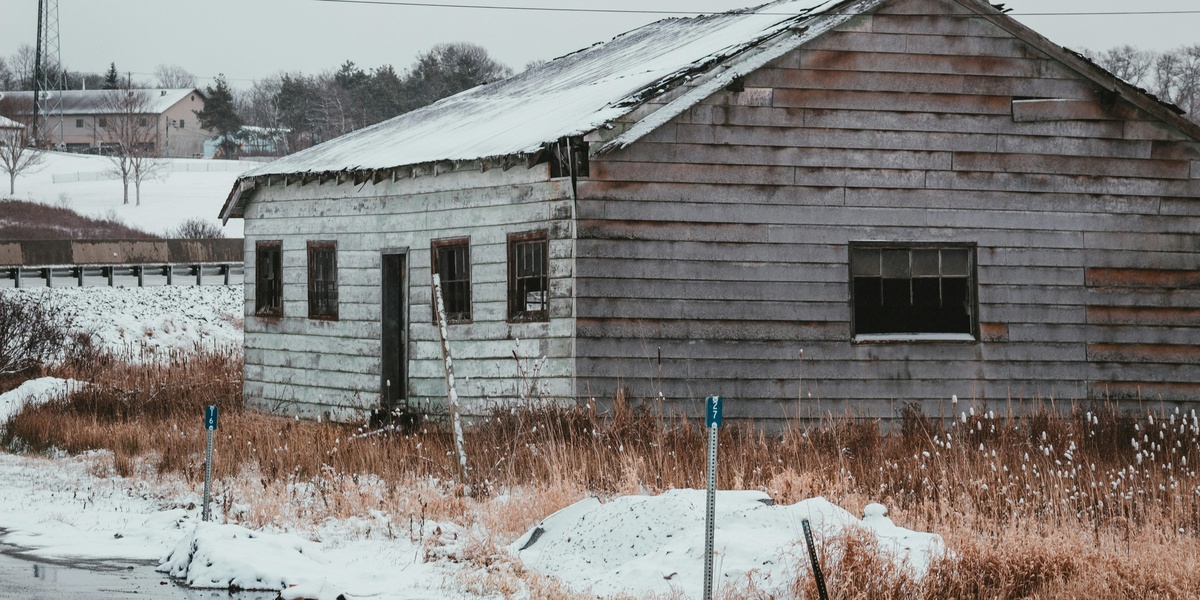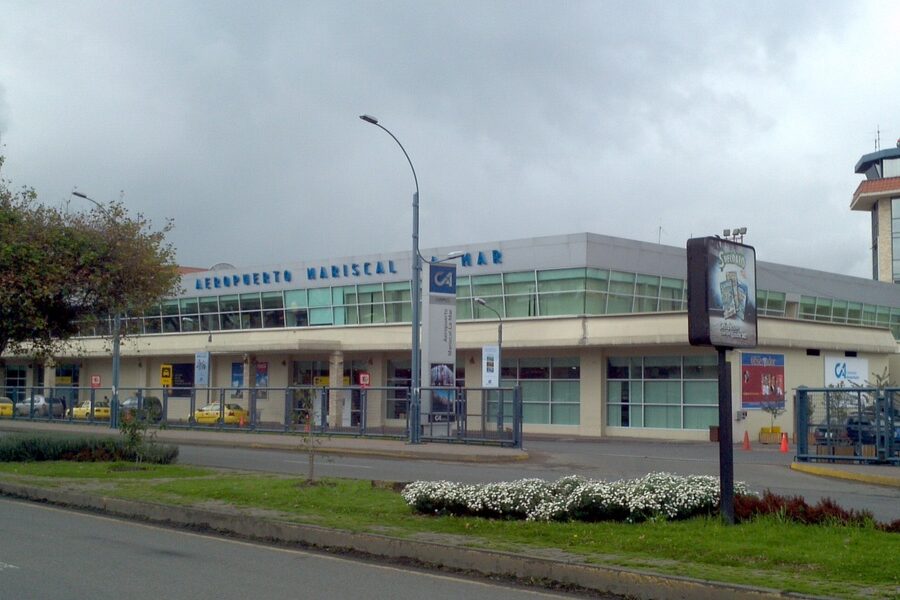Maine’s quieter corners hold the remains of towns that once supported logging camps, mills, and coastal trade. Exploring them is a way to connect with local history, landscape changes, and the stories that shaped small New England communities.
There are 19 Ghost Towns in Maine, ranging from Albany Old Town to Wyman Township; for each entry, data are organized as Location (County; nearest town),Country,Access & status — you’ll find below.
Are these ghost towns open to the public?
Access varies widely: some sites are on public land or along trails, while others sit on private property or in restricted areas. Check the “Access & status” column for each entry, contact local land managers when in doubt, and always respect posted signs and private property.
What should I bring or consider before visiting one of these sites?
Plan ahead by reviewing the listed Location (County; nearest town),Country and Access & status, bring a map or GPS, wear sturdy footwear, and carry water and a charged phone; also be mindful of fragile structures, seasonal access limits, and Leave No Trace principles.
Ghost Towns in Maine
| Name | Location (County; nearest town) | Country | Access & status |
|---|---|---|---|
| Flagstaff | Somerset; Eustis | United States | Submerged; ruins visible at low water; public access |
| Katahdin Iron Works | Piscataquis; Brownville | United States | State Historic Site; restored furnace and ruins; visitable |
| Swan Island | Sagadahoc; Richmond | United States | Preserved historic site; visitable by ferry; reservations needed |
| Perkins Township | Franklin; Wilton | United States | Ruins and cellar holes; public access on some logging roads |
| Dead River Plantation | Somerset; Eustis | United States | Submerged; ruins visible at low water; public access |
| Chesuncook Village | Piscataquis; Greenville | United States | Semi-inhabited; remote; access by boat or logging roads |
| Davidson | Penobscot; Stacyville | United States | Remote ruins; foundations and old railroad bed remain |
| Freeman Township | Franklin; Strong | United States | Cellar holes and stone walls; some public access via roads |
| Askwith | Piscataquis; Tarratine | United States | Remote; foundations and cellar holes remain; public/private land |
| Long Pond | Somerset; Jackman | United States | Remote; some foundations and artifacts; access via logging roads |
| Riceville | Aroostook; T16 R5 WELS | United States | Remote ruins; cellar holes and cemetery remain; requires hiking |
| Redington | Franklin; Rangeley | United States | Very remote; foundations, logging artifacts; challenging access |
| Somerset | Somerset; Eustis | United States | Ruins and foundations; remote; access via logging roads |
| Wyman Township | Franklin; Carrabassett Valley | United States | Remote cellar holes and stone walls; mostly private land |
| Albany Old Town | Oxford; Bethel | United States | Cellar holes and old cemetery; some public access trails |
| Catherine Hill | Hancock; Franklin | United States | Mostly folklore; few physical remains; public roadside area |
| Madrid | Franklin; Phillips | United States | Deorganized town, still populated; some abandoned structures |
| Baring | Washington; Calais | United States | Largely depopulated; some abandoned structures; still incorporated |
| Tarratine | Somerset; West Forks | United States | Foundations and railroad grade; remote access |
Images and Descriptions

Flagstaff
Once a bustling logging town, Flagstaff was flooded in 1950 to create Flagstaff Lake. During droughts, old foundations, cellar holes, and roads reappear, offering a haunting glimpse into the past.
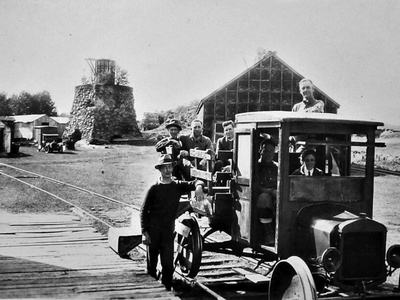
Katahdin Iron Works
A bustling 19th-century iron-smelting town that was abandoned after the furnace shut down in 1890. A restored blast furnace and charcoal kiln stand as monuments to its industrial past.
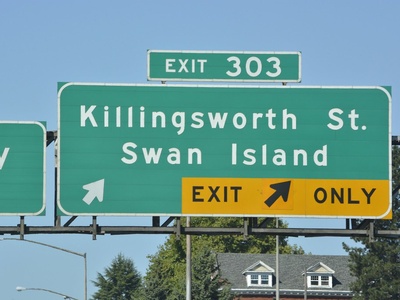
Swan Island
A former shipbuilding and farming community in the Kennebec River, abandoned by the 1940s. Now a wildlife management area, it features five preserved historic homes and a cemetery.
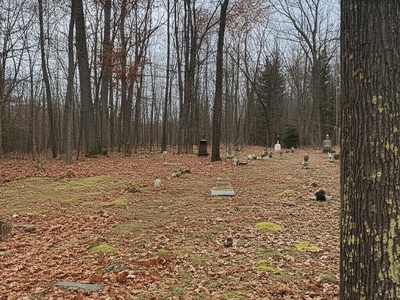
Perkins Township
A former farming community that couldn’t sustain its population due to poor soil. Officially deorganized in 1940, it now consists of old cemeteries, cellar holes, and stone walls.
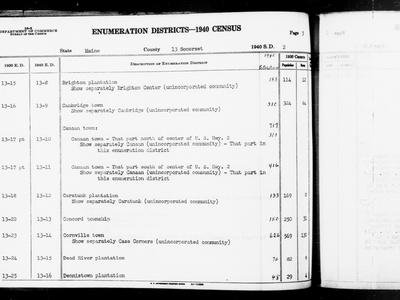
Dead River Plantation
Inundated along with Flagstaff to create Flagstaff Lake in 1950. The community, including homes and a church, was sacrificed for the hydroelectric dam project on the Dead River.
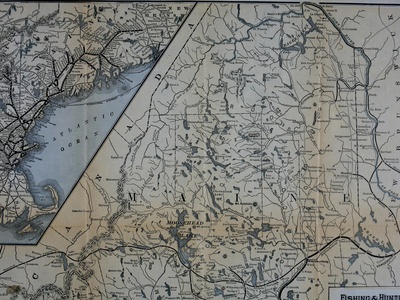
Chesuncook Village
A remote logging village on Chesuncook Lake, now with only a handful of year-round residents. The iconic Chesuncook Village Church is a landmark of this isolated, living ghost town.
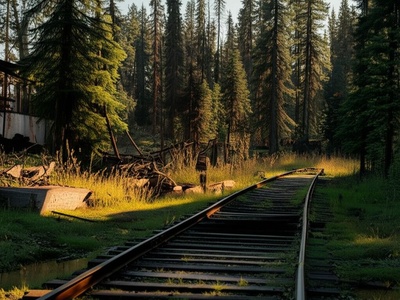
Davidson
A former logging boomtown from the early 1900s, complete with a mill, hotel, and railroad station. It was abandoned after the mill burned and the timber was depleted.
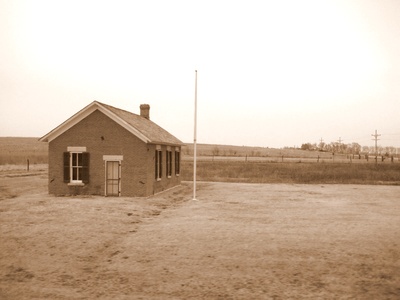
Freeman Township
Once home to over 800 residents, this farming town was deorganized in 1937. Today, explorers can find extensive stone walls, old cemeteries, and numerous cellar holes marking former homesteads.
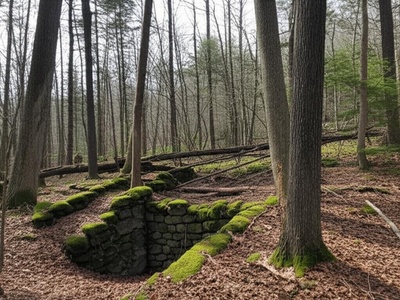
Askwith
A former railroad and farming community that declined after the railroad’s importance waned. Today, only scattered stone foundations and cellar holes mark its location deep in the Maine woods.
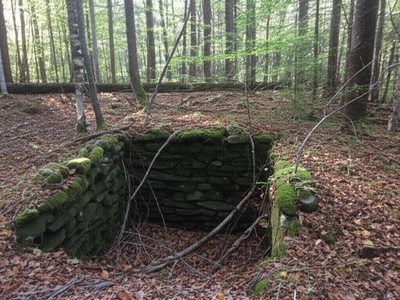
Long Pond
A busy logging town operated by the Great Northern Paper Company until the 1930s. The site is now slowly being reclaimed by the forest, with some foundations still visible.
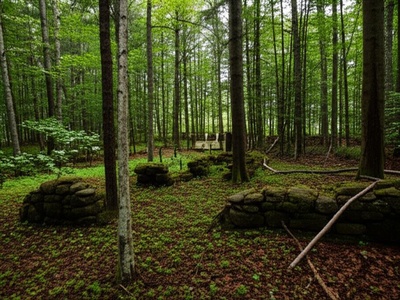
Riceville
A once-thriving farming and logging community in the northern woods, abandoned due to isolation. All that’s left are a few stone foundations and a small, overgrown cemetery.

Redington
The site of an ambitious but failed logging railroad and mill town in the early 1900s. Abandoned before completion, its remnants include old railroad grades and scattered foundations.
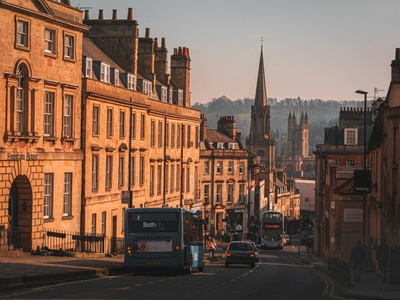
Somerset
After the original Dead River Plantation was flooded, some residents relocated here. This second settlement also failed due to isolation, leaving behind cellar holes and the remnants of a short-lived community.
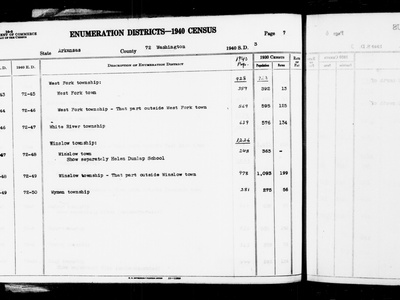
Wyman Township
A sparsely populated farming and logging township that was deorganized in 1935. Today, old stone walls and foundations are hidden within the woods near the Carrabassett River.
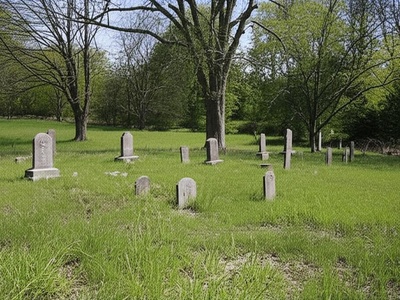
Albany Old Town
The original center of Albany, which was abandoned as the population shifted to a new location. The old cemetery and numerous cellar holes are all that remain of the first settlement.

Catherine Hill
More legend than town, this barren area was once a small settlement that failed. It’s famous for ghost stories about “Catherine,” whose spirit is said to haunt the road.

Madrid
Though it officially deorganized in 2000, Madrid is a “living ghost town” with a very small population. It’s a mix of active homes and abandoned farmsteads from its more prosperous past.
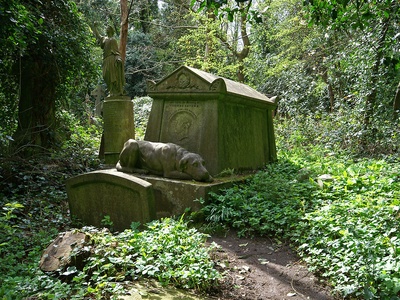
Baring
Once a bustling mill town on the St. Croix River, Baring’s population has dwindled significantly. Many homes and the old school stand abandoned, reflecting its economic decline.
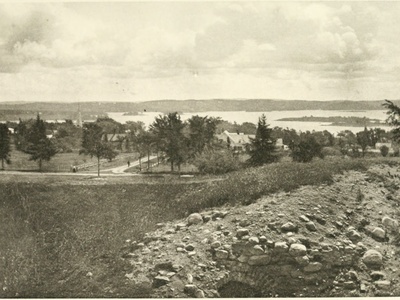
Tarratine
A former railroad town on the shores of Indian Pond, Tarratine faded after the railway was removed. The area is now very remote, with only stone foundations to mark where the village stood.

